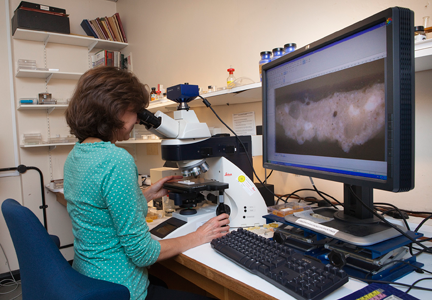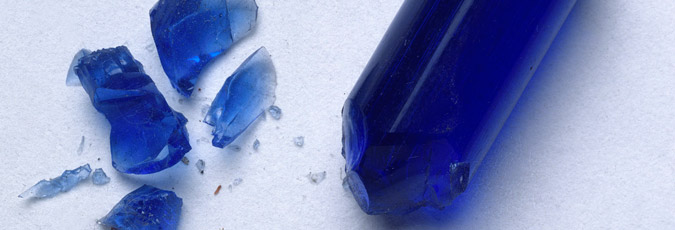The analysis of paint materials
Scientists at the National Gallery investigate the materials used in paintings, including the coloured pigments, the binder that holds them together and the canvas or wooden panel on which the artists painted, called the support. Knowing about the materials the artist used can help researchers to understand when and where the paintings were made. It can also explain significant colour changes that can take place over time.

Information about materials is important in supporting the decisions made when the Gallery’s conservators carry out conservation treatments. When a painting is cleaned, for example, knowing what materials are present in the uppermost varnish layers is particularly useful.

Imaging techniques such as X-radiography and infrared reflectography can provide a lot of information about the structure and make-up of paintings. However, to investigate the paint and varnish in more detail, very tiny samples are taken from the painting. This is usually done with a scalpel while looking down a microscope. Sometimes these samples can be prepared as a cross-section, which shows the different paint layers.

Samples or cross-sections can be analysed with sophisticated instruments such as Scanning Electron Microscopy (SEM) with Energy Dispersive X-Ray (EDX) analysis, Gas Chromatography–Mass Spectrometry (GC-MS) or Fourier transform infrared (FTIR) spectroscopy.

Additional material:
See how the blue and red pigments traditionally mixed to make purple paint are analysed and identified in the National Gallery Scientific Department:

